Start with the armoury in the Kremlin to feel the heart of Moscow’s history from your first steps; this large building houses rare artworks, regalia, and the armoury’s famous collection, setting the tone for your days of museum-going.
Next, visit the Tretyakov Gallery, where tolstoy era canvases mingle with earlier icons. The building sits on a quiet street and houses artworks spanning centuries; these halls let you compare different schools of Russian art and trace a lineage from icons to contemporary commissions.
For a modern angle, the Jewish Museum and Tolerance Center highlights Jewish life in Moscow and its role in the broader history of the city. It sits in a purpose-built building and complements the ancient galleries with interactive displays; currently, it hosts rotating exhibitions that connect art, memory, and daily life.
For military history, the Central Armed Forces Museum offers extensive galleries with models, armoury pieces, and dioramas that explain the evolution of Russia’s defense and the role of science in warfare. It’s a military focus that pairs well with painting galleries, giving you a balanced sense of Moscow’s diverse specialties in these institutions.
In addition, the Moscow City Museum and the Museum of Moscow offer city-focused perspectives, including streets, palaces, and government buildings that shaped life in different eras; some exhibitions touch on repressions and the gulag camps, situating art and history within broader social memory.
This guide helps you design a practical, two- to four-day itinerary, highlighting these highlights and tips for tempo, pacing, and breaks. If you stay in central Moscow, you can pair visits with strolls along the river and stops at cathedrals, palaces, and other historic buildings, ensuring a rich, varied experience for art lovers and history buffs alike.
Practical Guide to Moscow’s Museums: Key Venues, Tickets, and the Annunciation Cathedral
Buy online a combined ticket for moscows top venues, then plan days around the Annunciation Cathedral visit.
Start at the polytechnic museum to see hands-on exhibits, then visit fabrika for contemporary art in a vibrant environment, and walk through a main gallery area where exhibitions display collections that span centuries and styles, including avant-garde pieces found between classical works, plus other venues.
Ticket tips: check official sites for current prices and times; book slots online; aim for mornings on weekdays; combo passes can cover several venues; bring a student ID if applicable; avoid peak hours; popular days fill fast.
Annunciation Cathedral details: The Annunciation Cathedral sits inside the Kremlin, near the palace, the tower, and surrounding monuments. It is a working church with ornate iconography; hours vary; photography restricted in several zones; dress modestly.
Getting there and around: Use the Okhotny Ryad metro to reach the Kremlin; walk along the pedestrian lane to the cathedral; security checks may slow entry; plan extra time.
Must-see route and highlights: After the cathedral, visit the Armory building to see weapons and state regalia; in some halls you will find a flacon in the display cases; many rooms showcase monuments and elaborate building decorations.
Next days plan: Between visits, find your place in moscows culture; the 21st-century approach combines classic collections with modern installations, making this route great for all tastes.
Must-Visit Art Museums in Moscow and Their Highlights
Start with the State Tretyakov Gallery’s Main Building to see the core of Russian art, built to celebrate heritage and national identity. From medieval icons to 19th‑century realism, the collection traces the origin of Russian painting. Numerous works were made by artists who guided the transition from icon traditions to genre painting, and the galleries are organized to show how styles turned across the centuries. Visiting the halls, looking at the textures and brushwork, you’ll gain a clear sense of the need to compare schools side by side. Don’t assume that Russian art ends with older masters; the Main Building makes the story tangible where you can trace each thread across generations.
Next, the Pushkin State Museum of Fine Arts presents a rich European core, with works made by masters from Botticelli to Rubens and beyond. The building’s exterior and modern interiors create a contrast that mirrors how Western art influenced Russian taste. The garden outside the entrance provides a calm pause and a place to reflect on what you’ve seen before continuing your visiting plan. This collection highlights the origin of Western techniques and the later cross‑pollination that shaped Russia’s literary and visual culture, apart from the Russian canon you’ll see at Tretyakov.
MMOMA – Moscow Museum of Modern Art – keeps a diverse variety of media from painting and sculpture to video and interactive installations. The program shows numerous voices from post‑Soviet paths to current experiments, often marrying science with art practice. Visiting on Tuesday can be rewarding, as late openings and curator tours expand the experience. Your look will reveal how artists who were inspired by city life use everyday materials to question society and push boundaries beyond traditional forms.
The Garage Museum of Contemporary Art in Gorky Park emphasizes bold installations and a practice that blurs inside and outside spaces. Its garden and the surrounding park invite a relaxed stroll between shows, while the interior galleries present a current conversation about urban heritage and the origin of contemporary forms. The program often includes works that examine military history through posters and provocative media, offering a distinct layer of Moscow’s art scene and its orbit within the international scene. When you’re outside, you’ll notice how the urban context informs the art and invites looking from a new angle.
Practical plan: build your route by linking the main houses, leaving time for a garden break next to the river or park, and checking Tuesday programs for extended hours. You need two days to cover all highlights, or three if you want deeper looks at special exhibitions. When you’re visiting, look for guided tours that explain the origin of works and the variety of approaches, and keep in mind that outside spaces can reveal new details about the heritage and the context in which these works were made.
Historical Museums That Bring Moscow’s Past to Life
Begin with the State Historical Museum on Red Square, opened in the late 19th century, to feel Moscow’s heart through ancient halls that show life across centuries and the role of merchants, churches, and rulers, which shaped the city and has been a beacon for education.
For weapons and regal craft, the Kremlin Armoury offers a unique collection of arms, tsarist regalia, and palaces inside fortress walls; exploring its halls reveals how power built Moscow’s identity.
Kolomenskoye Estate sits along the river, presenting an estate atmosphere with wooden palaces, ancient churches, and the life that defined Moscow’s outskirts and rural-smart design.
The Polytechnic Museum presents a different angle on Moscow’s past: polytechnic devices and a flacon from a 19th-century pharmacology display; the exhibits showing education, publishing archives, and items from industrial fairs that reveal the era’s innovation.
From the mira boulevard, you reach Kolomenskoye and other historic pockets; the route connects to churches and palaces and demonstrates how Moscow’s life has evolved through centuries.
Visiting tips: buy combined tickets where offered, and look for a city fund supporting educational programs; plan two or three sites per day to balance indoor halls with outdoor estates.
Each site offers its unique perspective on Moscow’s past, from fairs and market life to avant-garde ideas in education and publishing, so tailor a route that highlights different sides of the city.
Annunciation Cathedral Moscow: Opening Hours, Access, and Highlights
Visit in the morning to enjoy the interior without crowds, and pair the Annunciation Cathedral stop with a concise loop through the museum-reserve to connect with nearby kremlins.
Opening hours and access: The cathedral typically opens from 10:00 to 17:00; last entry at 16:30; hours shift on holidays, and access may be limited during special events. Always verify current times on the official museum-reserve site before your visit.
Getting there: Exit from krymsky Val and enter through the Kremlin museum-reserve checkpoint; security checks precede entry to the interior spaces. The route is straightforward for pedestrians and combines well with other Kremlin sites.
Highlights: Inside, large interior spaces emphasize soaring arches and icon-filled walls. You find paintings and artifacts across galleries, with a modern, innovative presentation that guides you through a curated passage, enhanced by audio components.
Interactive elements: An audio guide accompanies a short film about Assumption iconography and the cathedral’s role during wartime. A literary-inspired display links chant, liturgy, and local history, enriching your stay with thoughtful context.
Three rooms spotlight distinct eras: a medieval church life section, a wartime display with camps and preserved transport such as old cars, and a contemporary wing featuring three young artists. A piece named stella appears among the works, adding a lyrical touch to the narrative.
Practical tips: Book a museum-reserve ticket in advance to streamline entry, and check hours on the official site before visiting. Wear comfortable footwear, and follow signage for photography rules and respectful behavior inside sacred spaces.
Nearby sights: After the cathedral, a short walk leads to the krymsky area and other kremlins, making a compact, informative evening plan for Moscow’s top art and history highlights.
Planning Your Day: Ticketing, Hours, and Transport Options
Buy timed tickets online for the main museums and reserve a morning slot to avoid queues and maximize your visit for exhibits.
Check official pages the day before for hours; typical openings run 10:00–18:00, with occasional late hours on select days in winter and summer; last entry is usually 30–60 minutes before closing, and some sites close one day a week for maintenance.
To get around, take the Moscow Metro to the main complexes and move between buildings on foot; a contactless card covers transit and admissions where accepted, and plan a loop that links the armory, a nearby contemporary house, and the main gallery to minimize backtracking. If you pass by Alexander Garden on your route, it helps orient you between the Red Square area and the armory cluster.
Plan a compact route that blends 17th‑century displays of weapons with modern installations; architectural spaces connect galleries, courtyards, and display halls, letting you compare heritage and new works together in one day.
Budget about 4–5 hours for core exploration; add a 1–2 hour workshop when available, especially for families and young visitors; check pages for workshop times and booking windows.
If you visit with a Jewish heritage interest or as a young group, choose sites with interactive displays and guided tours; many venues offer kid-friendly activities and language options; for visitors interested in arms and exhibits, the armory sections reveal the field’s history through authentic displays and period weapons.
Between venues, keep a light plan and adjust for weather; winter days invite longer indoor breaks, so favor sheltered routes and plan cafe pauses to thaw out.
Bring a map or download official pages to compare exhibits and displays, and use bilingual captions to deepen your understanding of works, architectural features, and the main heritage narrative.
Smart Tips for Families, Accessibility, and Photo Rules
Here is a practical plan to keep kids engaged while you explore Moscow’s top museums: start near the planetarium, move through the main collections and greatest works, from the armory wing to rooms about kremlins and monuments. The planetarium is a landmark that sparks curiosity, and the built spaces are designed for comfortable family visits. Here you’ll see precious items, and a route that helps collectors and first-time visitors find their way through the exposition spaces.
Accessibility matters. Ramps, elevators, and accessible restrooms exist at the main venues; ask for dedicated assistance if mobility is limited, and request personal or private guidance for a shorter route through the collections. Staff can provide large-print labels or tactile materials and help you plan a visit that suits your family’s pace.
- Photo rules: signs near each hall indicate whether photography is allowed. In many galleries, dont use flash, and dont set up tripods or lighting rigs in front of works. If you want close shots, find a staff member at a marked desk to request permission for a specific item or exposition.
- Family routes and learning: map a simple path that covers items from the main collections and the planetarium show, with short stops at interactive items. Look for personal or private tours designed for families, and consider a guided visit to the armory or kremlins displays to connect history with the day’s activities.
- Logistics and neighborhoods: plan to park near krymsky station or other metro stops, and use the shops near exits for quick snacks or small souvenirs. On tuesday, some museums keep longer hours or offer special programs for families, so check the schedule ahead of time.
When you finish, review the treasures you saw: a few items from the exhibitions become precious memory pieces for kids and adults alike, and you can find a suitable gift in the souvenir shops that tie back to the exhibitions.

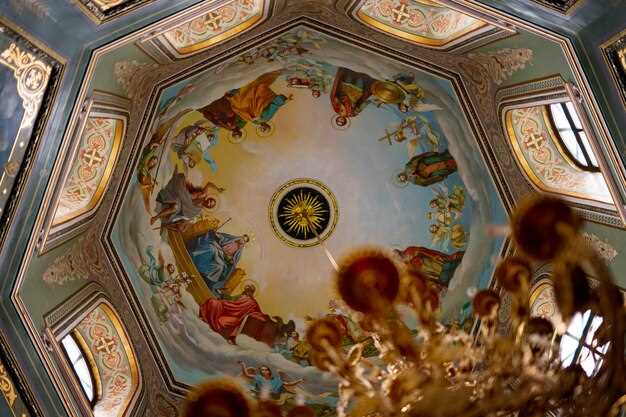 Moscow Museums – The Ultimate Guide to Moscow’s Top Art and History Museums">
Moscow Museums – The Ultimate Guide to Moscow’s Top Art and History Museums">

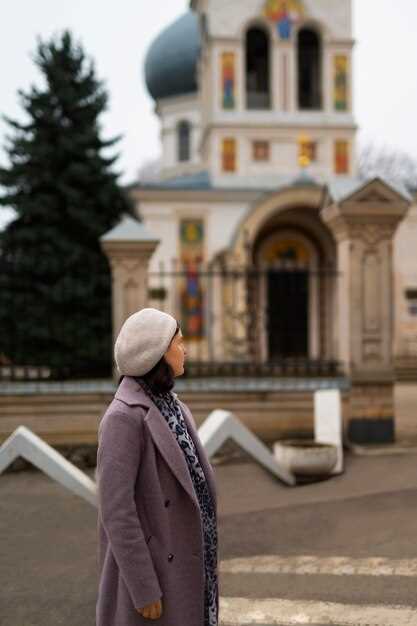
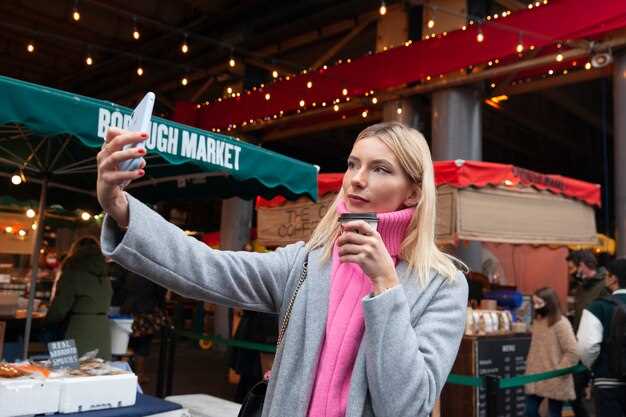 Trade Fairs and Exhibitions in Moscow – A Practical Guide to B2B Events">
Trade Fairs and Exhibitions in Moscow – A Practical Guide to B2B Events">
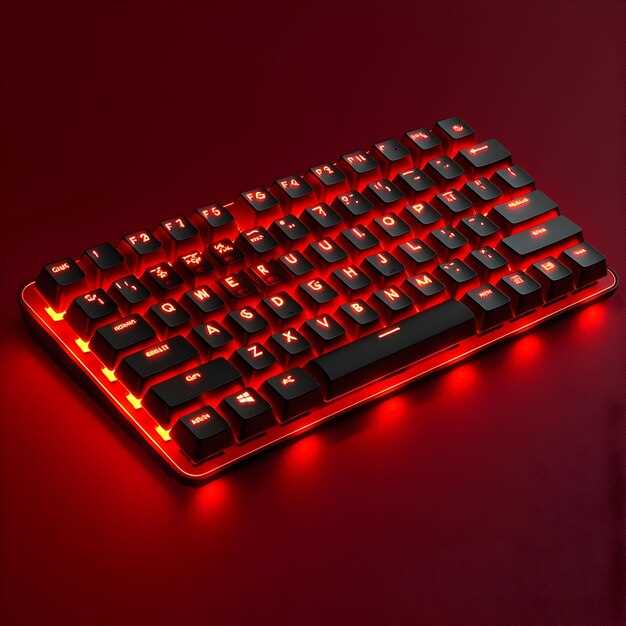 Red Square Gaming Keyboards – Best Models, Features & Buyer’s Guide">
Red Square Gaming Keyboards – Best Models, Features & Buyer’s Guide">
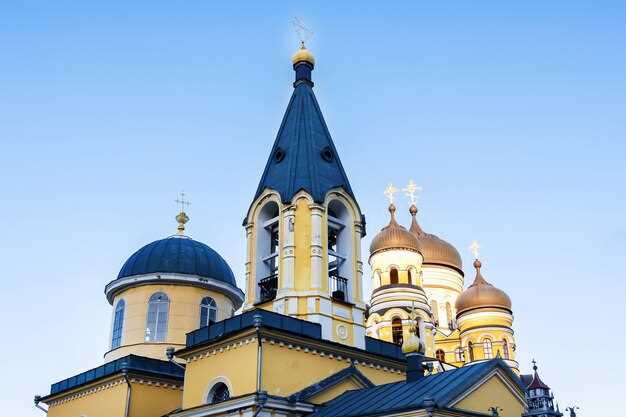 St Basil’s Cathedral Moscow – Tickets, Visiting Hours and Schedules">
St Basil’s Cathedral Moscow – Tickets, Visiting Hours and Schedules">
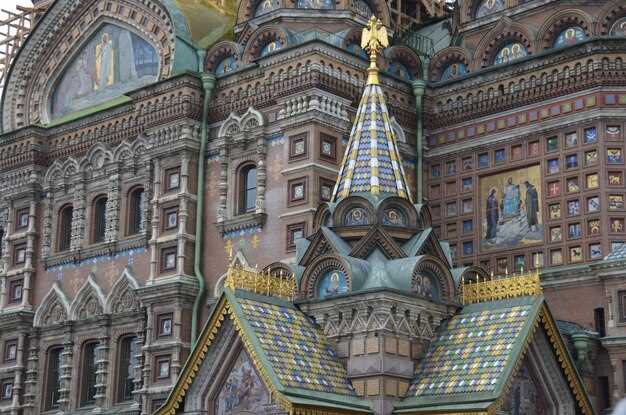 Things to Do and See in Moscow, Russia | Top Attractions & Travel Guide">
Things to Do and See in Moscow, Russia | Top Attractions & Travel Guide">
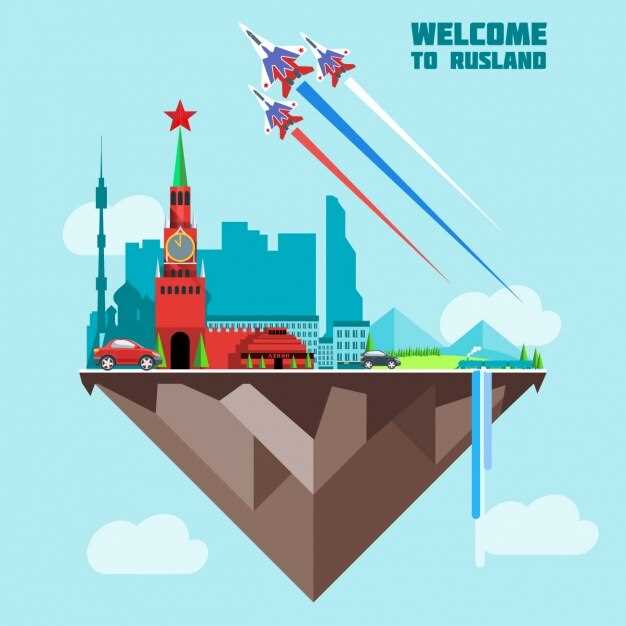 Exhibiting the Great Patriotic War in Moscow, Kyiv, and Minsk">
Exhibiting the Great Patriotic War in Moscow, Kyiv, and Minsk">
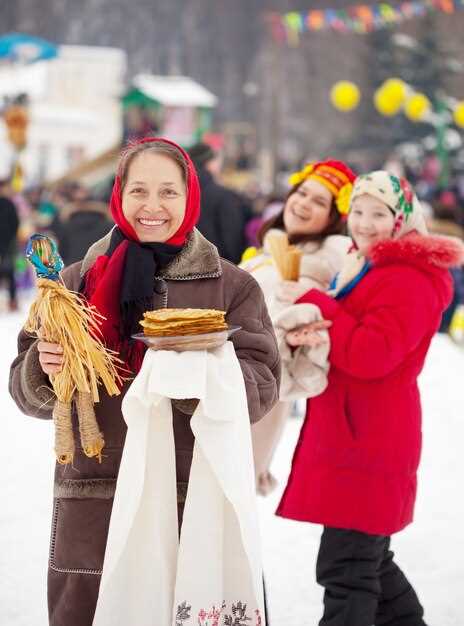 Public Holidays in Russia – A Complete Guide">
Public Holidays in Russia – A Complete Guide">
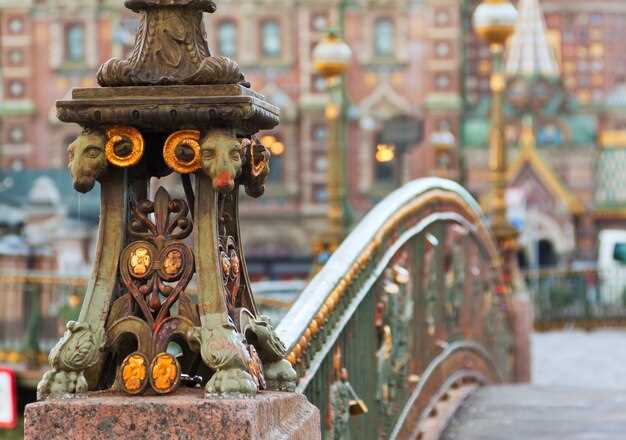 Places to Visit in Moscow – Top Attractions and Landmarks">
Places to Visit in Moscow – Top Attractions and Landmarks">
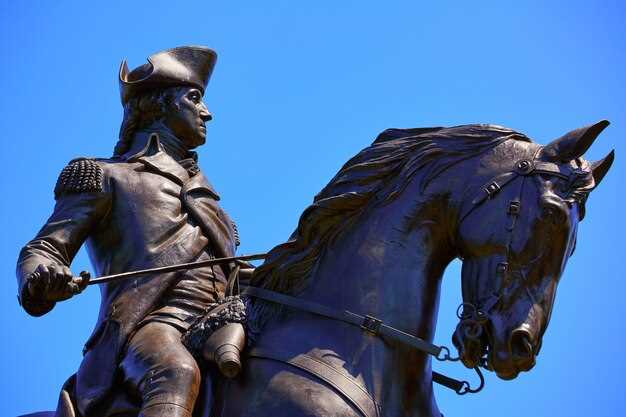 Bronze Horseman – 10 Facts About St Petersburg’s Leading Symbol">
Bronze Horseman – 10 Facts About St Petersburg’s Leading Symbol">
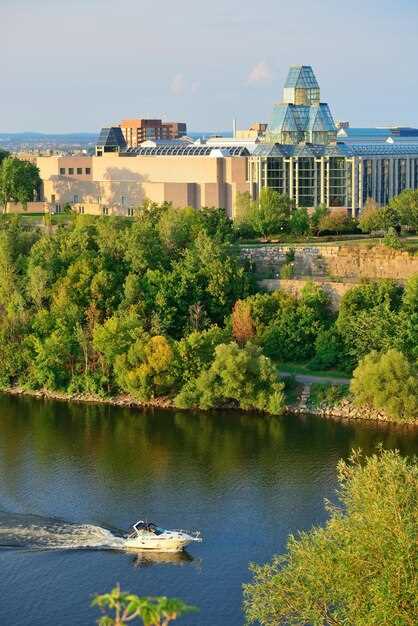 Victory Park – Moscow’s Most Historic Green Space">
Victory Park – Moscow’s Most Historic Green Space">